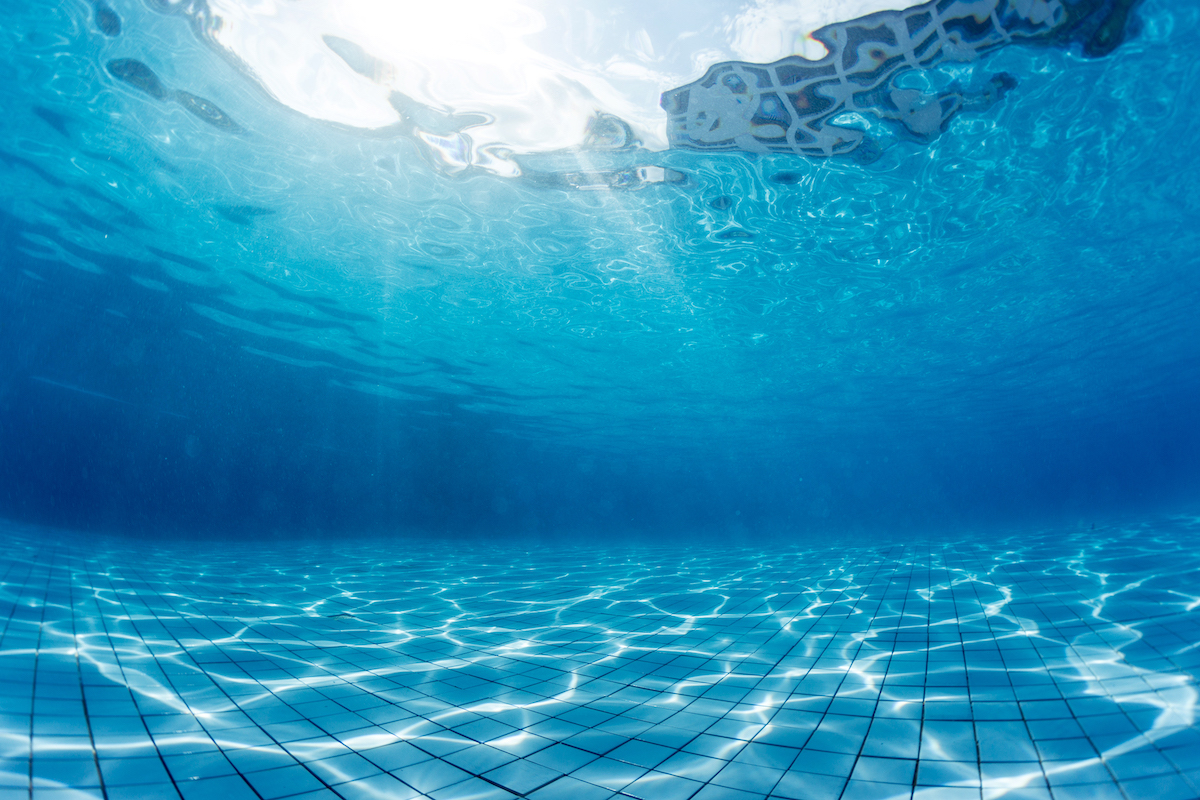
In warm weather, having a pool can feel like the ultimate luxury. Maintaining a pool, however, can be a frustrating chore—especially if you don’t have the right information and tools to work with. In order to enjoy clean and beautiful water on sunny days, there are many chemical parameters you must maintain every day. This is especially true for commercial swimming pools, where any variations in water quality can have a negative impact on your business and your customers. For many pool owners, however, maintaining the right water quality is much easier said than done. Below, we’ve outlined why this is the case—and how Bluetooth testers are changing the game.
The Challenges
PH is one of the most important parameters pool owners and operators monitor. Despite recent advances in water quality monitoring technology, many residential pool owners still rely on litmus paper to determine the pH of their pool (and how much sanitizing agent to add to maintain a safe swimming environment). When litmus paper is submerged in water, it will change color to indicate how acidic or basic the substance is. By nature, litmus paper can provide only a general pH range rather than a precise reading.
On top of that inherent imprecision, results can also vary based on how the individual conducting the test interprets the color saturation and hue of the result. To make matters more complicated, many novice testers also aren’t aware that pH is heavily influenced by temperature, and the rate of change is influenced by alkalinity. If you conduct a litmus test in water that was exposed to sunlight and another one in a shady corner of the same pool, you might get two different pH readings—despite the fact that the amount of active chlorine hasn’t changed. If you don’t know how to compensate for temperature variation, then your data can easily become skewed. When this happens, it’s dangerously easy to add too much or too little sanitizer to the water and later wonder what went wrong.
In a commercial setting, pool and spa water quality tests need to be taken more frequently and may be conducted by more than one staff member. Results must then be manually logged in a computer or another central location. With many different users and a highly manual testing process, the likelihood of human error skyrockets.
Using litmus paper can produce imprecise measurements, but there’s a reason why it’s still so widely used—it’s extremely cheap. Many users fall back on this traditional measurement solution rather than switching to digital meter or tester simply because of the price tag. Although they may save more upfront, inaccurate measurements can results is even more expensive problems down the road if pool chemical become imbalanced or the water becomes contaminated. In a commercial setting, those costs can quickly snowball if the pool must be shut down to solve the problem.
The Solution
Portable pH meters and testers use an electrode to determine the pH of a substance with greater precision. Many models also offer automatic temperature compensation to ensure that pH results are consistent and accurate, no matter what time of day or location in which they’re collected. For this reason, they’re the ideal choice for both commercial and residential pools.
If you’re not accustomed to calibrating and maintaining a digital meter, however, adjusting to this new tool can be overwhelming—and make the old litmus paper method all the more alluring. In order to prolong the life of the electrode and ensure accurate results, portable meters and electrodes must be properly stored, routinely refilled with electrolyte solution, and replaced at regular intervals. For the average consumer, this additional maintenance requirement can seem like more trouble than it’s worth.
Today, Bluetooth testers are changing the status quo. You no longer need to be a scientist or lab technician to use a pH tester with confidence and ease. In fact, you don’t even need an operation manual. Bluetooth water quality testers are designed to sync with a smartphone app to provide an intuitive and familiar user interface. Through this app, users of all backgrounds and experience levels can calibrate their meter, browse and compare results, share data, and maintain accurate records without manually calculating, recording, or transferring data. Because Bluetooth testers use built-in, nonrefillable electrodes, they also don’t demand any special maintenance.
The ability to sync results to your phone also changes what’s possible from a data collection standpoint. Using a phone’s GPS, Bluetooth testers can timestamp and geostamp results on a digital map, allowing different users to tell when and where the last reading was taken. In a commercial setting, this automatic data-logging functionality and cloud-based platform helps maintain the accuracy and consistency of readings. It also facilitates transparency and improves communication between users.
Choosing the Right pH Tester for Your Needs
As you research different pH meters and testers to use in your pool, it’s important to make sure that the model you choose offers the right functionality, interface, and convenience for your needs. To learn more about what to look for when selecting a pH tester, check out this helpful article.
Interested in checking out Jenco’s innovative Bluetooth pH testers? Follow the link below to browse different models and locate a distributor near you.

Comments